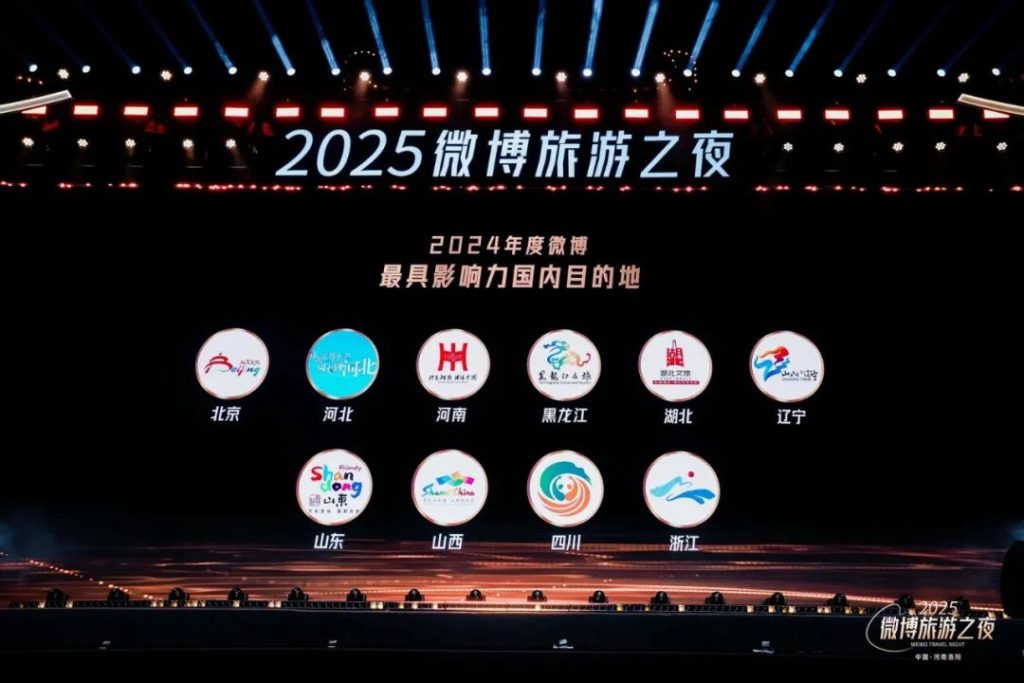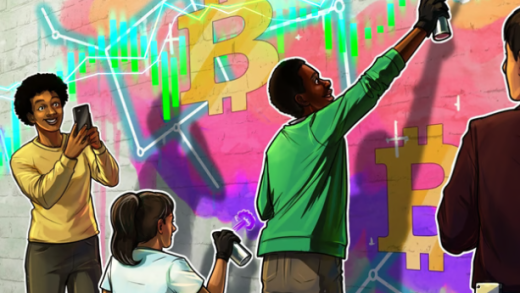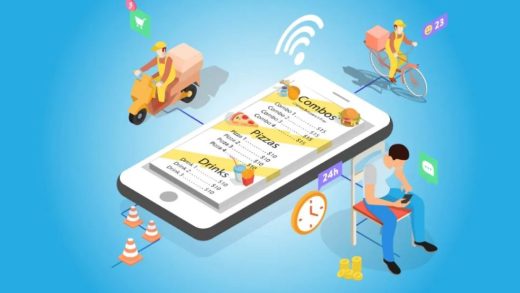
Read More《那些爆火出圈的城市,真靠旅游赚到钱了吗?》
Positive Comments: Traffic Marketing Activates New Momentum for Cultural and Tourism Industries, Achieving Double Harvests for City Brands and the Economy
In the new media era of information explosion, the cultural and tourism industry, where “good wine is also afraid of being in a back alley,” is undergoing a marketing revolution. From the unexpected popularity of the bronze “Labubu” in Luoyang to Shanxi leveraging the popularity of Black Myth: Wukong to boost ancient architecture tourism; from Henan becoming a “top stream” through frequent hot searches to Nanning using concert marketing to drive 4.5 billion yuan in consumption – these cases jointly prove that precise traffic marketing is becoming the “golden key” for cities to break through in the cultural and tourism sector. It can not only quickly enhance a city’s popularity but also directly translate into growth momentum for the tourism economy.
Firstly, traffic marketing breaks the traditional “passive waiting” model of cultural and tourism promotion, enabling cities to step from the “backstage” to the “front stage.” Take Luoyang as an example. Its museums are rich in historical relics, but in the past, due to a lack of effective communication channels, tourists’ understanding was limited to the general label of the “ancient capital of thirteen dynasties.” The accidental resemblance of the bronze “Labubu” to a trendy toy IP was essentially a precise capture by the cultural and tourism department of the aesthetic preferences of the younger generation. By establishing a connection between 2,000 – year – old cultural relics and contemporary trendy toy culture, they successfully transformed “obscure exhibits” into “popular check – in spots,” satisfying tourists’ “curiosity” and subtly conveying the value of cultural relics. This marketing approach of “riding on the wave without creating a false hype” organically combines the sense of historical weight with modern trendy elements, ultimately propelling Luoyang into the top 10 destinations for parent – child tours during the summer vacation and achieving an initial transformation from “traffic” to “retention.”
Secondly, the “scale effect” of traffic marketing is reshaping the regional cultural and tourism landscape. Henan is a typical example. In 2024, through more than 300 tourism – related hot searches, it not only allowed cities like Luoyang, Kaifeng, and Xuchang to showcase their unique charm but also turned the entire province into a benchmark for “innovative expression of traditional culture.” The success of this “pack strategy” lies in the systematic operation of the “hot – spot matrix” by the cultural and tourism department: Luoyang creates buzz with cultural relics, Kaifeng builds scenic spots based on Along the River During the Qingming Festival, and Xuchang promotes itself through the popularity of Fat Donglai Supermarket. Each city has found a differentiated communication entry point, ultimately creating a provincial brand effect of “1 + 1 > 2.” Data shows that Henan received over 1 billion tourists and achieved tourism revenue of over 1 trillion yuan in 2024, which is the most direct proof of the driving force of traffic marketing on the regional economy.
More notably, traffic marketing is promoting the upgrade of the cultural and tourism industry from “extensive promotion” to “refined operation.” The case of Shanxi promoting ancient architecture tourism through Black Myth: Wukong can be regarded as a “textbook for traffic operation”: The official communicated with the game team in advance about the shooting locations, planned topics such as “ancient architecture protection” and “traveling in Shanxi with Wukong,” and collaborated with history and game influencers to produce professional content. After the game was launched, it continued to guide public opinion through methods such as promoting on Weibo and obtaining blue – V verification. This full – link operation of “pre – stage preparation – mid – stage momentum building – post – stage reception” not only extends the life cycle of the hot spot but also transforms tourists from “coming for the game” to “staying for the ancient architecture,” achieving a leap from “riding on the wave” to “creating value.” The 97% year – on – year increase in tourism revenue in Datong in 2024 is the best footnote for refined operation.
Negative Comments: Hidden Worries Behind the Traffic Carnival – Multiple Challenges Remain to Be Overcome from “Sudden Popularity” to “Sustained Success”
Although traffic marketing has injected strong impetus into the cultural and tourism industry, the hidden worries beneath the boom also deserve our attention. Some cities overly rely on the short – term effects of “riding on the wave” and neglect the core competitiveness of tourism experience; some marketing methods only stay on the surface of “playing with buzzwords” and fail to truly convey the city’s cultural core; even worse, some cities are overwhelmed by the surge in traffic, which ultimately damages the city’s reputation. Traffic can bring “sudden popularity,” but to achieve “sustained success,” three major pain points of “difficulty in traffic conversion,” “homogenization of content,” and “insufficient service support” still need to be addressed.
Firstly, the gap between traffic and “retention” still exists. Many cities fall into the dilemma of “coming in a hurry and leaving in a hurry” after “riding on the wave”: Tourists come for a hot spot but lack the motivation for in – depth experience, resulting in low repurchase rates and secondary communication rates. For example, some cities blindly introduce events without matching them with unique gameplay when chasing the trends of “concert tourism” and “film – location tourism,” leading to tourists “coming for the performance and leaving due to boredom.” The news mentions that “force – feeding promotion has the opposite effect” because tourists are naturally resistant to “being marketed.” If a city cannot provide an experience beyond expectations (such as unique cultural interpretations and high – quality service details), the traffic will eventually fade away like a passing cloud.
Secondly, the homogenization of content weakens the city’s characteristics. When it becomes a trend that “cultural and tourism editors are better at playing with buzzwords than netizens,” the marketing content of some cities starts to “converge”: Celebrity concerts, film – shooting locations, and internet – famous check – in spots… Although these labels can quickly attract attention, they tend to blur the city’s unique features. For example, if a city only “imitates” the successful cases of other cities (such as replicating the “bowl – smashing wine” and “Hanfu parade”) without exploring its own cultural genes (such as unique intangible cultural heritage skills and local cuisine), it will ultimately become an appendage of traffic in the “one – size – fits – all” situation. The success of ancient architecture tourism in Shanxi lies precisely in its in – depth integration of the game IP with the core advantage of “seeing ancient Chinese architecture in Shanxi,” rather than simply copying others’ models. On the contrary, if other cities blindly “ride on” the game’s popularity without unique resource support, they are likely to fall into the embarrassing situation of “heating up quickly and cooling down even faster.”
Thirdly, the insufficient service support capacity restricts long – term development. The surge in traffic places higher requirements on a city’s infrastructure such as transportation, accommodation, and catering. If the supporting services cannot keep up, it will backfire on the city’s reputation. For example, after the bronze “Labubu” in Luoyang Museum became popular, tickets were in short supply. If the reservation system malfunctions and the in – museum guidance is chaotic, the negative experiences of tourists may be magnified through social platforms, offsetting the previous marketing achievements. The news mentions that Datong in Shanxi guides positive discussions by “timely detecting public opinion trends and responding to and solving problems,” which shows the importance of service support. However, many cities still lack emergency management experience (such as crowd control and complaint handling) when facing a traffic explosion, resulting in the “sudden popularity” turning into a “sudden disaster.”
Advice for Entrepreneurs: From “Riding on the Traffic Wave” to “Creating Value,” Cultural and Tourism Marketing Needs to Grasp Three Core Logics
For entrepreneurs in the cultural and tourism field (including city marketing planners, scenic – area operators, and cultural and tourism content creators), the cases and problems in the news provide important insights. To achieve a transformation from “sudden popularity” to “sustained success,” the following three core logics need to be grasped:
1. Take “content differentiation” as the foundation and reject “riding on the wave blindly”
The essence of traffic marketing is “riding on the wave for communication,” but the “wave” must be deeply integrated with the city’s own characteristics. Entrepreneurs need to first clarify the city’s core competitiveness (such as historical culture, natural scenery, and characteristic industries), and then find a hot – spot entry point that can amplify this advantage. For example, the success of ancient architecture tourism in Shanxi lies in the precise matching of the game IP with the core advantage of “seeing ancient Chinese architecture in Shanxi,” rather than blindly chasing all hot spots; the bronze “Labubu” in Luoyang is a typical example of “fun interpretation of cultural relics,” transforming professional cultural relics into cultural symbols that the public can perceive. Entrepreneurs need to avoid “riding on the wave blindly” and should design a differentiated content strategy based on three questions: “What do I have?”, “What do users need?”, and “What can the hot spot bring?”
2. Take “depth of experience” as the key to conversion and transform from “check – in” to “immersion”
Traffic brings “first – time visits,” but “repurchase rates” and “word – of – mouth communication” depend on the tourists’ in – depth experience. Entrepreneurs need to design “value – added experience points” in all aspects of “food, accommodation, transportation, sightseeing, shopping, and entertainment”: For example, adding interactive explanations in scenic areas (such as AR restoration of cultural relics), launching “themed tour routes” (such as the ancient architecture exploration route of “traveling in Shanxi with Wukong”), and developing souvenirs based on local culture (such as the cultural and creative products of the “bronze Labubu” in Luoyang). These measures can not only extend the tourists’ stay time but also transform tourists from “bystanders” to “communicators,” converting short – term traffic into long – term word – of – mouth.
3. Take “service resilience” as the guarantee and build a “safety net” for traffic reception
When traffic explodes, the service capacity is the key to determining whether the “reputation rises or falls.” Entrepreneurs need to conduct “traffic stress tests” in advance: Optimize the online reservation system (to avoid malfunctions), train service personnel (to improve emergency handling capabilities), and jointly formulate a “traffic response plan” with local merchants (such as catering merchants increasing food reserves and hotels offering “off – peak discounts”). At the same time, an “opinion monitoring – rapid response” mechanism needs to be established to collect tourists’ feedback in a timely manner through social media, “detect and solve” negative comments early, and turn the crisis into an opportunity to improve service. For example, after Black Myth: Wukong became popular, Datong responded to tourists’ questions in a timely manner through Weibo, which not only solved the actual needs but also strengthened the brand image of “thoughtful cultural and tourism services.”
Conclusion
Traffic marketing is not a “one – shot deal” but the “starting point” for the construction of a city’s cultural and tourism brand. From the “bronze Labubu” in Luoyang to the “Wukong ancient architecture tour” in Shanxi, successful cases prove that when traffic is deeply integrated with culture, marketing and experience work together, and popularity and service interact positively, a city’s cultural and tourism industry can completely achieve a leap from “sudden popularity” to “sustained success.” For entrepreneurs, the key is not “how to ride on more traffic” but “how to use traffic to activate the city’s inherent value” – this is not only the “survival rule” in the face of the traffic wave but also the “long – termism” to promote the high – quality development of the cultural and tourism industry.





